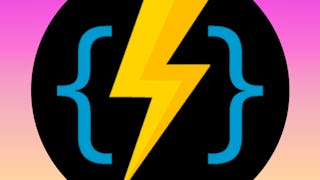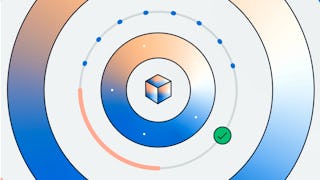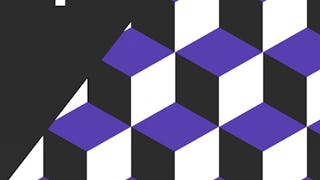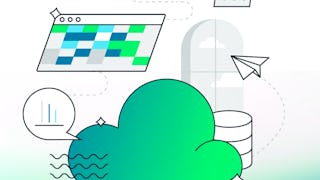Welcome to this introductory course on microservices and serverless, essential technologies for cloud native and application modernization workloads.
Rather than building large applications, known as monoliths, that perform all the functionality, microservices break down larger applications into smaller pieces that are independently maintainable and scalable, providing a host of benefits. This architecture is now used in the largest software organizations in the world, because it provides cost benefits, team autonomy, and other advantages. Likewise, serverless has emerged as an increasingly popular compute option in the cloud era. Giving developers and operators the ability to run applications without managing underlying infrastructure. In this course, you will create microservices using various methodologies. You will create REST APIs using Python and Flask. Next, you will learn the basics of Serverless applications, and how to run your applications on the IBM Cloud Code Engine. The course contains several hands-on labs which allow you to practice and apply the content you learn in the course. In the final project, you will create a front-end application composed of several microservices and deploy them on the Cloud using serverless.



















